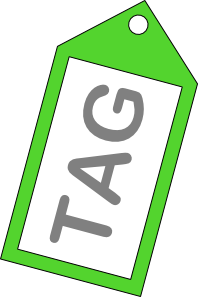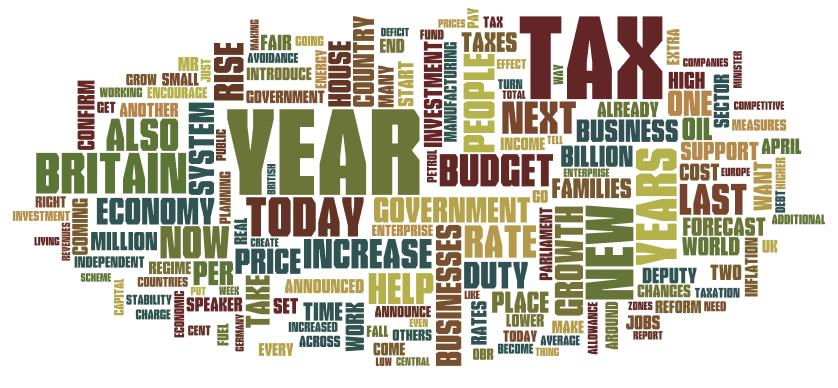This is part of a regular series of articles exploring some of the terms used in e-learning (view other articles in the series). We’ll do our best to break down the jargon and explain what things are from a basic perspective.
 First we’ll start by looking at what a tag is. Tags are typically words which are used to classify or categorise some information. For instance each post in this blog has tags associated with it based on the content of the post (these are listed at the bottom of the post). They serve as a type of meta-data about the content to help you find relevant information easily in the blog. As the blog content grows it would be difficult for you to find articles in a particular category without the use of some meta-data. Tags are typically user-generated rather than standardised like many traditional taxonomies used for meta-data. This means they grow more organically but may have more repetition or ambiguity in them. Tags are often used in blogs and other user-generated content websites such as Flickr sites or Youtube. Sometimes only the author can tag a particular item, while other times anyone can associate a tag with a piece of content. Online social networking sites like Facebook use tagging to associate online profiles with specific images or documents online.
First we’ll start by looking at what a tag is. Tags are typically words which are used to classify or categorise some information. For instance each post in this blog has tags associated with it based on the content of the post (these are listed at the bottom of the post). They serve as a type of meta-data about the content to help you find relevant information easily in the blog. As the blog content grows it would be difficult for you to find articles in a particular category without the use of some meta-data. Tags are typically user-generated rather than standardised like many traditional taxonomies used for meta-data. This means they grow more organically but may have more repetition or ambiguity in them. Tags are often used in blogs and other user-generated content websites such as Flickr sites or Youtube. Sometimes only the author can tag a particular item, while other times anyone can associate a tag with a piece of content. Online social networking sites like Facebook use tagging to associate online profiles with specific images or documents online.
Tag clouds are a way of organising content which helps users see what the most common topics are. In a tag cloud typically the tags with the largest font size are the ones which are used with the most items. Smaller tags are associated with fewer items. Clicking on one of the tags in the cloud will take you to all of the content labelled with that tag, meaning it is a quick way to see a lot of information on a topic.
They are called clouds because the tags are often presented together in a way that gives the group a shape similar to a cloud. You can see the tag cloud for this blog on the right-hand side of the page. Due to its compressed nature on the right-hand side it doesn’t look much like a cloud but it follows the same idea. Some of the largest words are Support, Professional and Development, as many of the posts on here have been about opportunities for support and professional development. You’ll see there is a tag for the What_is_a? series of articles as well.
There are two main educational uses of tag clouds. The first is the classification of content and resources using tags to create an alternative thematic index to a group of content. Currently these are not supported by Blackboard but they are normally possible if you are using external tools like blogs or wikis. The second way is using them to visually analyse the frequency of words in text. For instance wordle.com allows you to input a large amount of text and will generate a tag cloud based on the frequency of the words in the text. This gives you a visual representation of the main themes in the document. You can see an example of this at the bottom of the post: I used the 2011 UK budget speech by the Chancellor to generate it.
Read more about tag clouds and their history on wikipedia.



